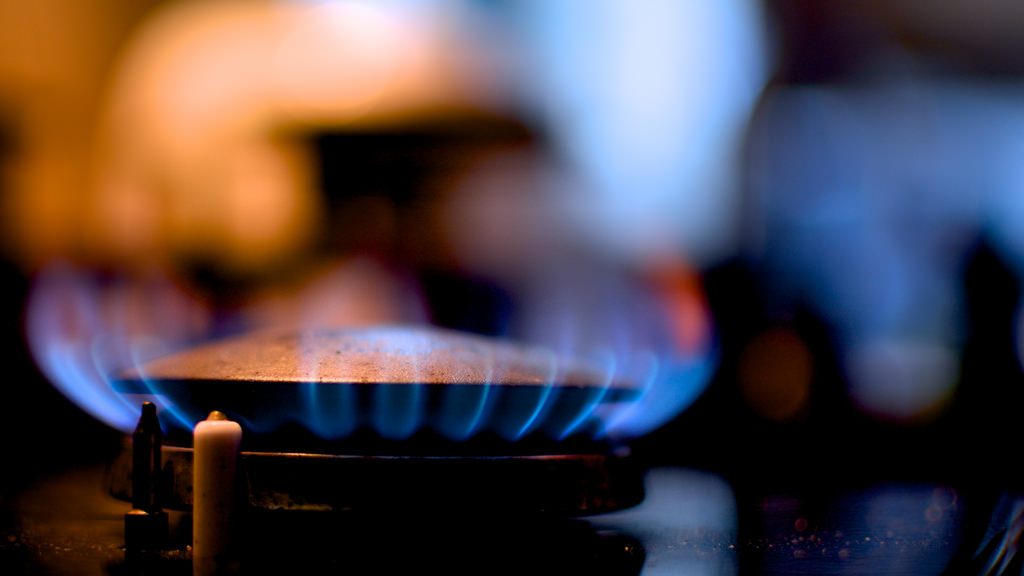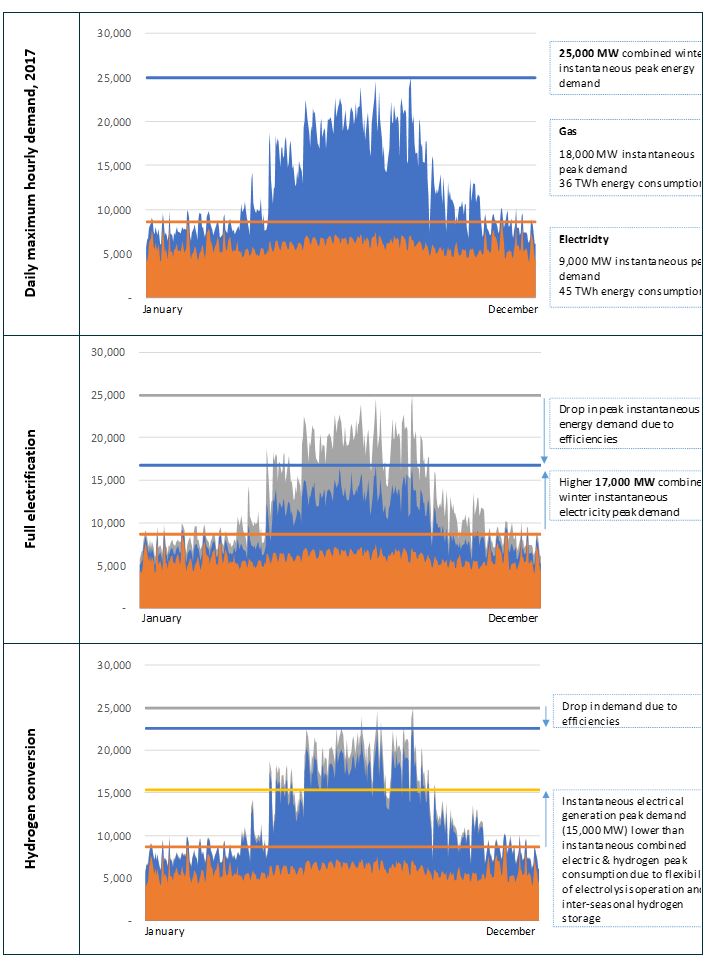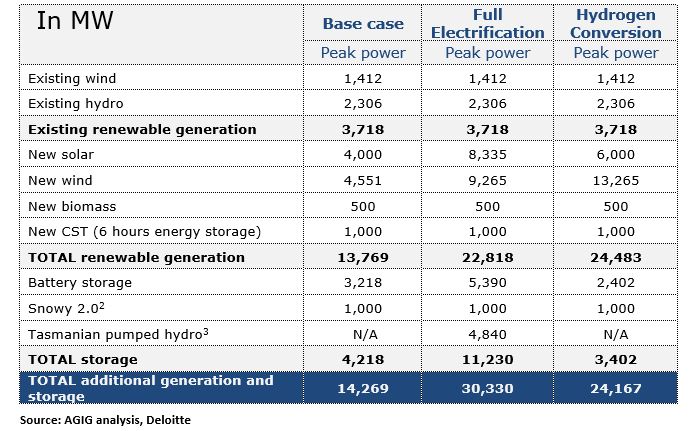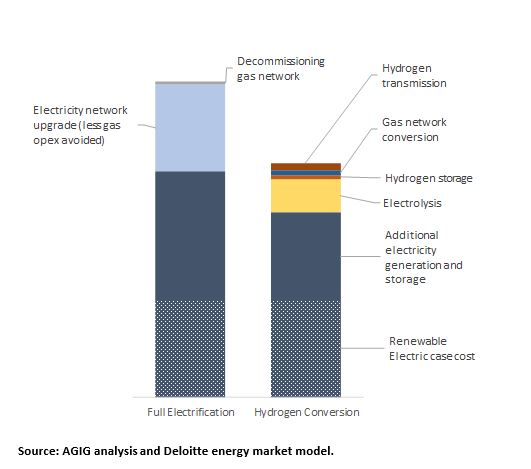Hydrogen powered future tops full electrification
With energy policy quickly changing in Canberra, the case for hydrogen is gaining momentum. This month’s COAG Energy Council considered Dr Alan Finkel’s report ‘Hydrogen for Australia’s future’ [1], and this morning CSIRO released the National Hydrogen Roadmap. Both reports outline the role hydrogen could play in decarbonising gas for household and business consumption.
This week’s Energy Insider looks at modelling from Australian Gas Infrastructure Group (AGIG) that fed into the COAG report, showing the compelling cost savings from a hydrogen future.
Making the case for hydrogen
Decarbonisation efforts in the energy sector are focused largely on electricity, however over the coming decades, natural gas that supplies heat to homes, business and industry will also need to be decarbonised to help meet Australia’s clean energy policy objectives. The AGIG report prepared with Deloitte includes an economic assessment of two pathways to decarbonise Victoria’s gas use. Victoria was used as the reference case as it has Australia’s highest gas consumption, with two million household connections.

- The first pathway, the ‘full electrification case’, analyses replacing all natural gas consumption with electricity generated from renewable sources via the replacement of gas appliances with electric appliances and ultimately, decommissioning the gas networks.
- The second pathway, the ‘hydrogen conversion case’, analyses conversion of existing natural gas appliances and distribution networks to transport hydrogen produced through electrolysis, utilising electricity generated from renewable sources.
- To enable either pathway to be achieved, the existing electricity sector must also be decarbonised, which is the base case.
The results of this work make a strong economic case for hydrogen conversion, which the analysis demonstrates would cost about 40 per cent less than full electrification. We summarise the assessment below. The full report is available here.
The total combined daily maximum hourly demand data for electricity and gas was the key consideration for the modelling. In Victoria, gas consumption is seasonal, with most being consumed in winter for heating.
Winter gas instantaneous peak demand is 18,000 MW. Electricity peak demand of 9,000 MW occurs in summer, with significantly less inter-seasonal swings compared with gas consumption. The combined maximum demand of 25,000 MW occurs in winter.
Upgrades to more efficient appliances are assumed in each pathway decreasing the peak demand.
The modelling demonstrates that if gas demand is converted to renewable electricity, the electricity peak would increase significantly to 17,000 MW – which would require major upgrades to transmission and distribution infrastructure to enable the additional electricity to be reliably and safely delivered to homes.
If the gas network is decarbonised using hydrogen from renewable electricity, total electrical demand would increase to 15,000 MW, but a large part of this would be used to produce hydrogen which could then be distributed in the gas network, effectively removing the additional costs associated with upgrading electrical networks to carry the “gas network” load. The hydrogen could be produced at the source of renewable electricity generation.
The graphs below show the changes in demand.
Figure 1: Peak demand in Victoria (MW)

Source: AGIG analysis, AEMO data
Renewable electricity generation and storage
Additional renewable generation and storage will be required in either pathway. One hundred per cent renewable scenarios reliant on intermittent wind and solar generation technologies require energy storage. In any year, there are likely to be prolonged periods with low wind generation. For example, in 2017 there were 126 periods greater than eight hours (40 per cent of the year) when wind generation was below 20 per cent of nameplate capacity.
Table 2: Additional electricity generation and storage (Victoria)

The relative difference between the generation capital costs and the additional costs for either pathway is important.
Cost associated with appliances are not included in this assessment as any conversion would take time, allowing appliances to be replaced gradually.
Infrastructure upgrades would be required under either scenario. Electricity networks would need to be strengthened for the electrification pathway and new pipelines and hydrogen storage may be needed for the hydrogen pathway.
The total costs, including the base costs of converting current electricity demand to renewables, is shown for each of the pathways below.
Figure 2: Relative cost comparison of decarbonisation pathways

The results forecast the hydrogen pathway is 40 per cent less expensive than the full electrification pathway.
While several simplifying assumptions were made to reduce the complexity of the modelling task, the results suggest we should be working on the hydrogen conversion decarbonisation pathway.
Dr Finkel outlines three drivers for hydrogen. These include the potential for energy export, the domestic economy and energy system resilience. Japan, for example, has a national strategy to create an emissions-free ‘hydrogen society’ by 2030. Hydrogen used more extensively as a clean fuel for domestic, public and commercial transport also has great potential.
Gas is an essential part of Australia’s economy, used by about 70 per cent of households and over 130,000 commercial businesses, and it will continue to be vital into the future. However, there is broad acceptance that the energy sector needs to be decarbonised.
The challenge is ensuring we do this at least cost to customers and making best use of our existing resources is the answer. Australia’s gas pipeline infrastructure is immensely valuable not only as a distributor of energy, but as potential energy storage equal to six billion Tesla Powerwall batteries. Utilising this infrastructure and taking advantage of hydrogen technologies to decarbonise gas offers enormous potential.
[1] https://www.chiefscientist.gov.au/wp-content/uploads/HydrogenCOAGWhitePaper_WEB.pdf
[2] Snowy Hydro website

